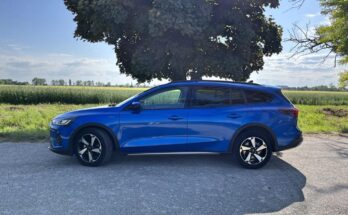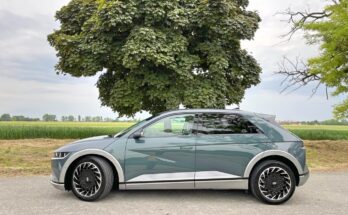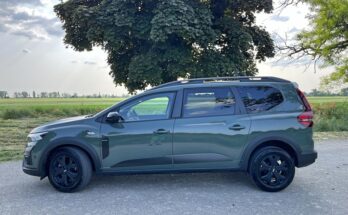The Suzuki Vitara is one of the most popular and best-selling SUVs on our market. This car has earned its popularity mainly due to its capabilities combined with a very well set price tag. Although the model has been on sale since 2015, Suzuki released a facelifted version of the 2019 model year Vitara on the roads this year, and I'll be honest – at first glance, I couldn't tell how it was different from its predecessor. So I found some photos and materials of the original car and started to study what was improved in terms of design and technical aspects.
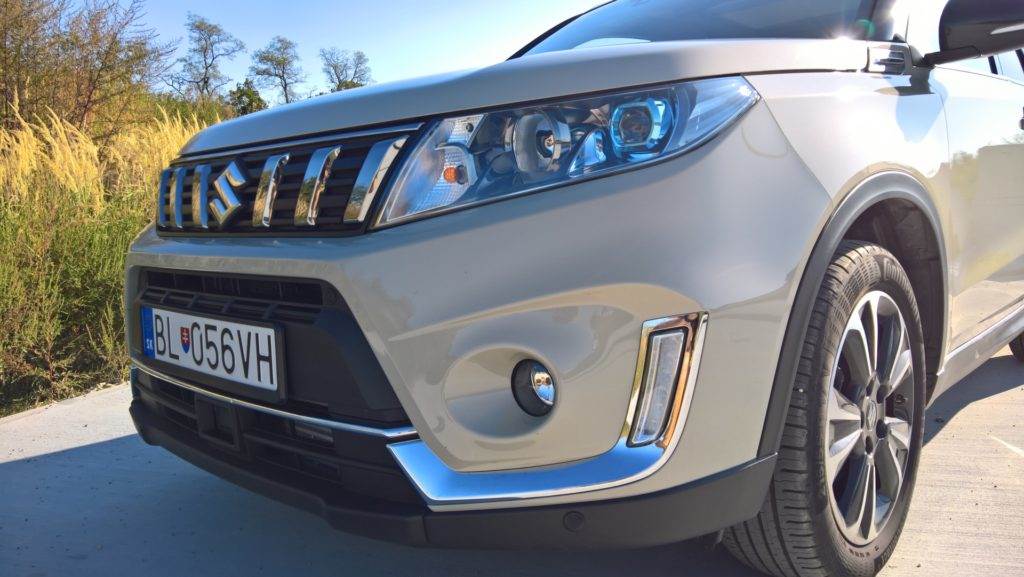
You can probably guess that the changes are not too drastic. Or, more precisely, they are to the extent that is common in intergenerational modernization of this kind. The Vitara received slightly revised bumpers, a slightly modified radiator grille with different slats, and lights that shine exclusively with LED technology in the two highest trim levels. The rear ones are all one color and the front ones still contain a delicate blue decor around the main lens, so the Vitara has not lost its identifying element.

The interior also does not deviate much from the trend. Suzuki replaced the original instrument panel with a more modern variant with a color display. It contains various displays of lateral overload, consumption, time on the road and can also display the power and boost pressure of the turbo, similar to, for example, the Swift-e Sport. However, the Vitara's on-board computer is archaically operated with overgrown pins sticking out directly from the instruments, and I wouldn't be mad if the infotainment touchscreen was marginally quicker to respond. Control is simple and intuitive, and the fact that the system finally supports Apple CarPlay and AndroidAuto adds to its goodness. I was very pleased with the analog clock instead of the central vent at the top of the dashboard. They do not look cheap at all and are a pleasant and useful accessory.
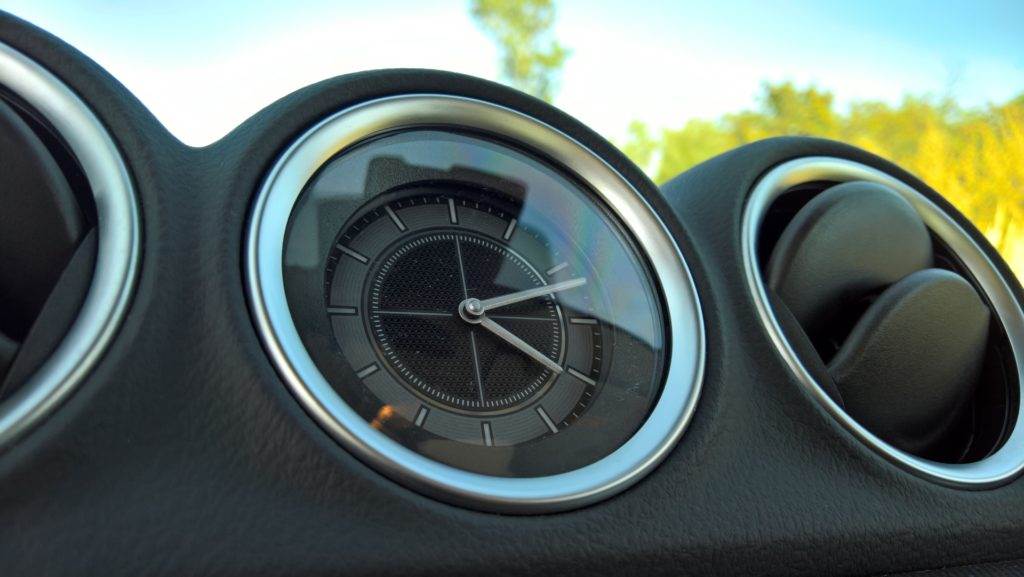
A novelty in the interior are some panels made of better quality softened plastics. Thus, one of the symptoms of "cheapness" disappeared, but some still remained. For example, such a "pop" when you touch the center display more strongly, the cheap look of hard black plastics in the lower part of the instrument panel and in the door panels, or the door not pressing down, which needs to be slammed harder to close. It would also be advisable to fine-tune the closing of the luggage compartment door, because I slammed it at least 2 times every time, but during the entire test I could not find the right handle. It's a shame, because at first glance, the interior looks luxurious, especially in the Elegance trim, and I didn't encounter any noises when driving over bumps, even on mild terrain.
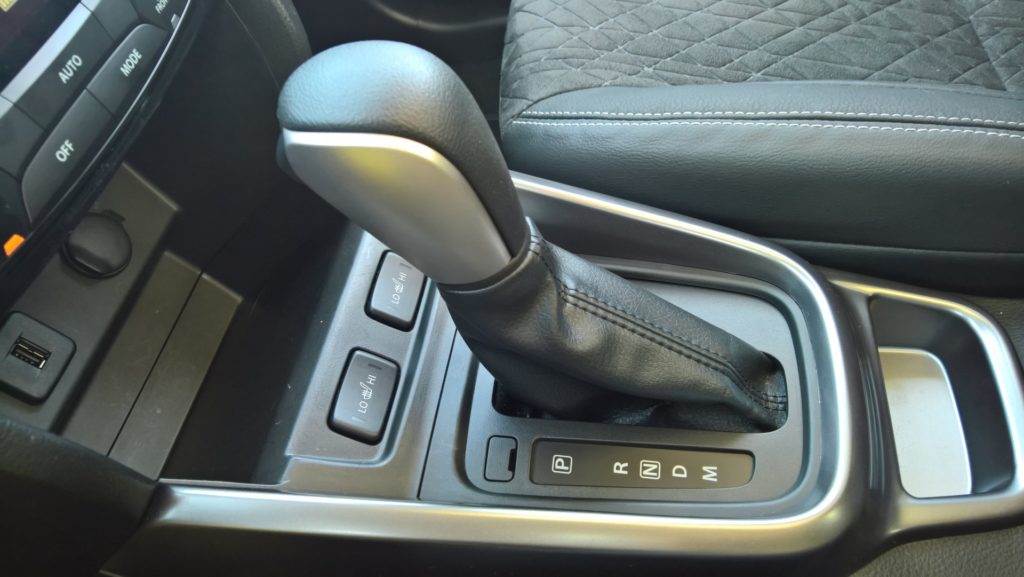
The package of improved equipment also includes a fairly extensive list of safety assistants. Here, Suzuki puts even much more luxurious brands to shame and, for example, the adaptive cruise control works perfectly, and I dare say that I have probably never driven one with better tuning. It maintains a beautifully smooth distance and never once did I feel it brake or accelerate hard. It also supports the function of driving in a convoy, so it can come to a complete stop and then start again without the driver's intervention. As with the only car tested, I managed to drive the Vitara all the way from home to work with the cruise control on without hitting the brake or gas (30km, 5x roundabouts, 3x large intersections).
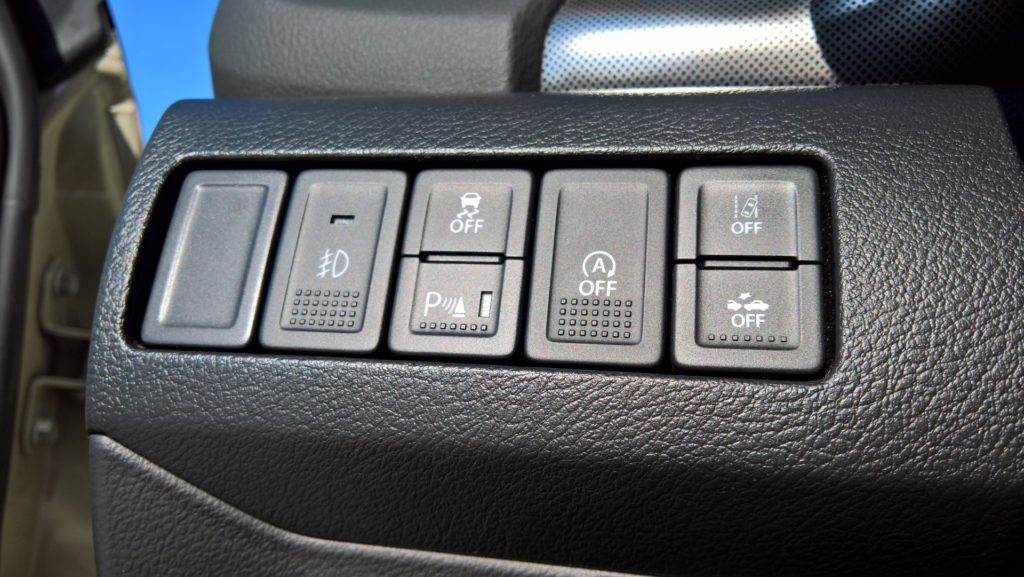
The road sign reading also basically worked on the unit, and I also liked how smoothly and gently the lane keeping system can correct the steering wheel. The good impression is slightly eroded by the anti-collision assistant, which braked me twice unintentionally when a vehicle appeared that was in another lane.

Very pleasant are the front seats with the seat part made of suede, which hold well in turns and you don't tend to slide sideways in them. In this case, they represent an ideal compromise between comfort and sportiness. The Suzuki Vitara also stands out from the competition with a relatively good view from the cabin, especially towards the rear. But you have to take into account the wider front pillars in their lower part. The tested model had an electric panoramic roof that could either be opened completely or just flipped up like a classic "sunroof". However, the retractable roller blind is made of a very fine fabric and does not shade as much as I would have imagined. Sometimes the sun shining through her delicate perforation bothered me a little.
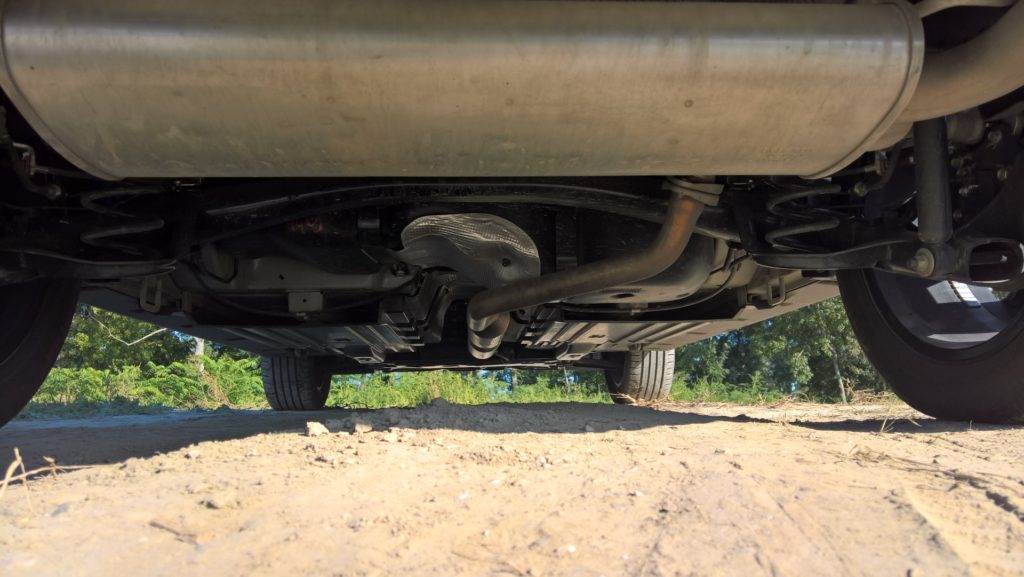
Even with four-wheel drive, the Vitara weighs only 1,195 kg, which is both the alpha and the omega of what it can do on the road. The turbocharged four-cylinder with the smiling name BoosterJet and a volume of 1.4 liters produces 103 kW (140 hp) and a maximum torque of 220 Nm, which is a noticeable increase of 20 hp and 64 Nm compared to the older atmosphere. Even better, however, is that Suzuki didn't turn this turbo petrol into a flat, sexless drive.

Even this unit couldn't quite break free from the inherent limitations of turbo engines, such as delayed throttle responses and a somewhat flat power peak. However, the response to the gas pedal here is more immediate than usual and this car simply loves revs. This is not a classic turbo in the "nothing-now everything-again nothing" style, but the power increase is relatively linear and has a certain gradation. Surprisingly, even the six-speed automatic transmission did not slow down my enthusiasm. It doesn't have any "Sport" mode or similar switches, but after switching to manual, it's a pleasure to shift with the paddles under the steering wheel and it will willingly hold the revs up to the limiter. Overtaking is addictive and given the weight, just shift down two gears and the Viara shoots forward like a little hothatch.
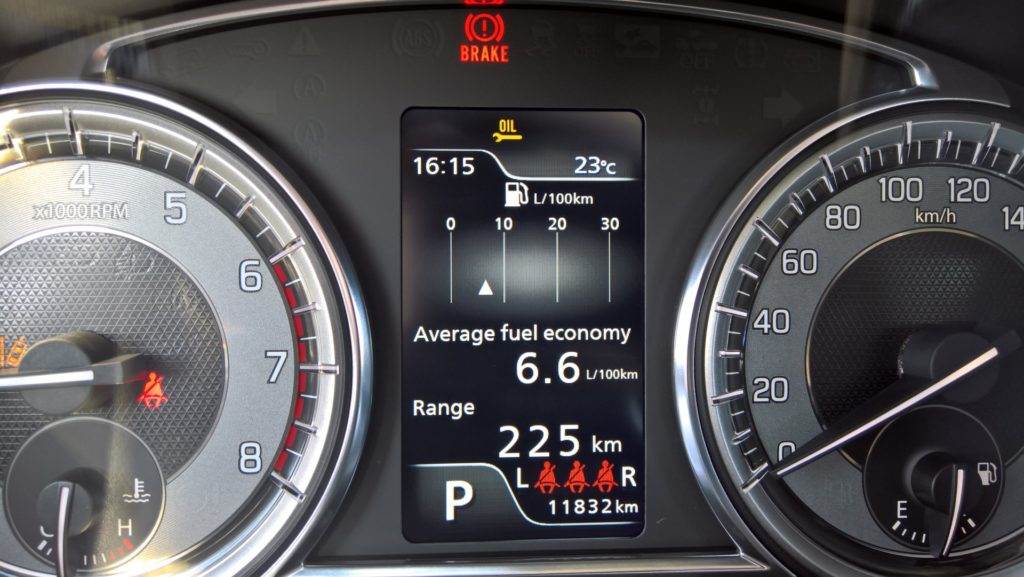
Where the Vitara will give you unreserved joy will be less frequent visits to gas stations. That is, less common than is common with crossovers and SUVs. After a week on roads covering mostly districts and the city, the average settled at 6.6 l/100 km. Even when driving on the highway, the Vitara did not take more than 7 l / 100 km from the tank, which I still think is an excellent result for an SUV of this size. It really doesn't make sense to even offer a heavy duty diesel engine here.
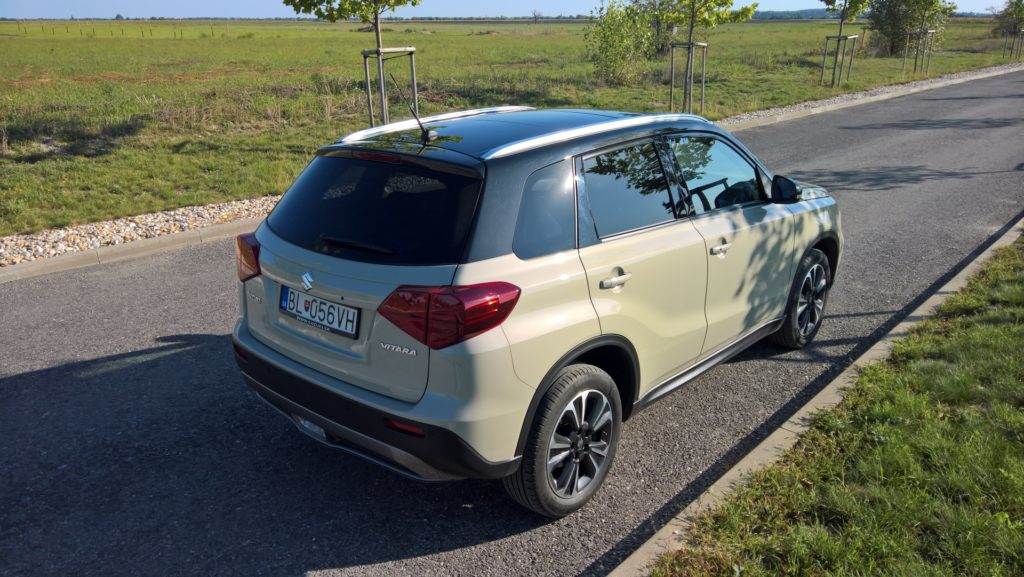
The Vitara is an excellent small SUV, which, whether on or off the asphalt, relies primarily on its low weight. This fact has a beneficial effect on dynamics, dexterity, controllability and, despite the higher body structure, operational efficiency. And all this for a great price, when you pay a little over €22,000 for the most equipped Vitara with two-tone paint. With such a price, the Vitara is rightfully a bestseller for me.
| Technical specifications | Suzuki Vitara 1.4 BoosterJet 2WD |
| Engine type: | Spark plug |
| Cylinders / valves: | 4 / 16 |
| Displacement (ccm): | 1373 |
| Highest power (kW(k) / rpm) | 103 (140) / 5500 |
| The highest twist. torque (Nm / rpm): | 220 / 1500-4000 |
| Gearbox: | 6-st. automatic |
| Acceleration 0 – 100 km/h (s): | 10.2 |
| Combined consumption – WLTP (l/100 km): | 6.1-7.1 |
[rl_gallery id=”6886″]


